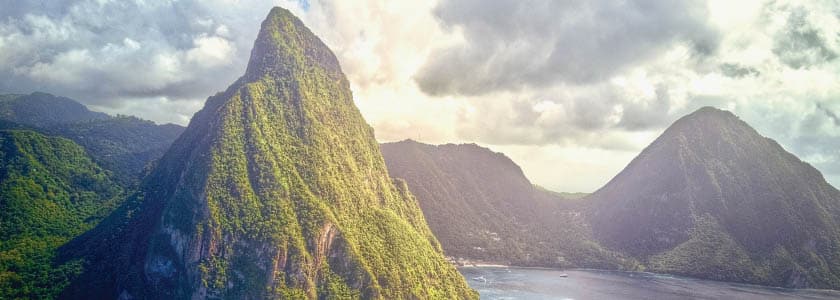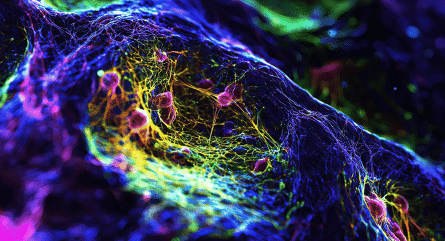Genetics studies are helping researchers understand both how the Caribbean was settled and how state-sponsored resettlement shaped precolonial population shifts in Peru.
The Caribbean was one of the last regions of the Americas to be settled, but exactly how that settlement played out has eluded scholars. Now, as reported in Science, it appears there were two settlement waves to the islands.
DNA preservation is generally poor in the Caribbean due to the warm climate, but some samples were gleaned from archaeological sites in Cuba, the Bahamas, Puerto Rico, Guadeloupe, and St. Lucia. From that, the samples were classified as “Archaic” or “Ceramic” using targeted enrichment and sequencing as well as broader archaeological contexts.
Genome-wide single nucleotide polymorphism profiles, and mitochondrial and Y chromosome haplotype data, were used to identify genetic differences between the two groups. Ceramic Age individuals more closely matched genetic data from present-day South Americans and identified a migration into the Caribbean about 2,800 years ago. Archaic individuals likely came from one migration from North America, and there does not appear to have been much mixing between the populations. In all, there were three migration waves.
"The initial peopling of the Caribbean was later followed by another expansion from South America," the authors noted. "As the newcomers arrived in the islands, they must have encountered descendants of the early settlers, but we find surprisingly little evidence of admixture, raising questions regarding the nature of their interactions and the role of the early settlers in the development of later Caribbean societies."
Growing evidence points to the Caribbean serving as an “aquatic highway,” explained Phys.org.
“Our results…suggest there was repeated interaction between the islands and the mainland," Kathrin Nägele, a PhD student at the Max Planck Institute for the Science of Human History in Jena, Germany, and one of the lead authors of the study, told Phys.org.
These findings build on those from a 2019 study which determined that Caribbean settlement first began in the Greater Antilles—the group of islands stretching from Cuba to the Caymans.
In Peru, evidence of forced resettlement
To the south, a different team of researchers found “strong support” for Inca resettlement on the southern coast of Peru.
In that study, published in PNAS, researchers investigated six individuals found in two cemeteries in the Chincha Valley of southern Peru dating from 1400 to 1825. Results showed that the individuals were genetically similar to people in present-day areas of the northern coast of Peru.
That matches written records from colonialists describing how Incans forced significant numbers of people to resettle in new areas which, while potentially far from where they originally lived, were in similar ecological zones.
The practice, called mitma, which means “sprinkle” in Quechua, was a way of introducing language, technology, and economic standards into regions recently conquered by the Incans, and modern estimates suggest that as much as a third of the population could have been included in the resettlement efforts. According to the PNAS study, anecdotal findings such as common place names supports the genetic evidence uncovered by researchers.
But how did they get there, the authors asked. Was there anyone in the valley before they arrived? How diverse were the communities? If there were people living in the valley already, how did the arrival of the newcomers shake things up? To answer that and more, they said, additional studies are needed.
“All lines of evidence suffer from limitations that produce interpretive difficulties,” they wrote. “Genomic, archaeological, biogeochemical, and historical data cannot individually explain ancient mobility in complex societies.”

























